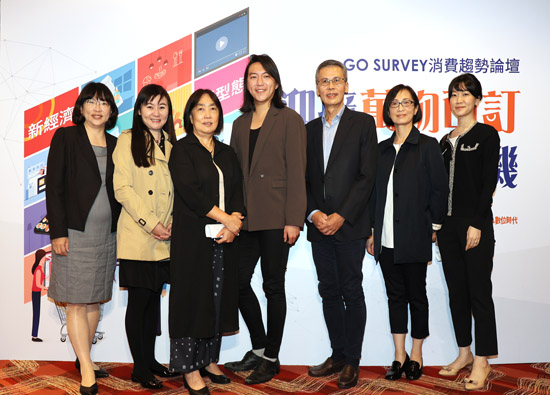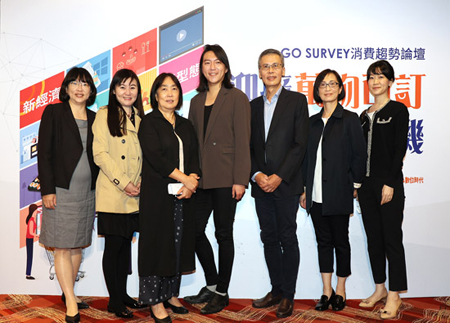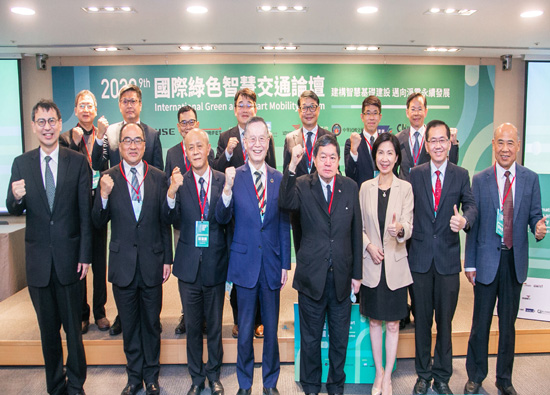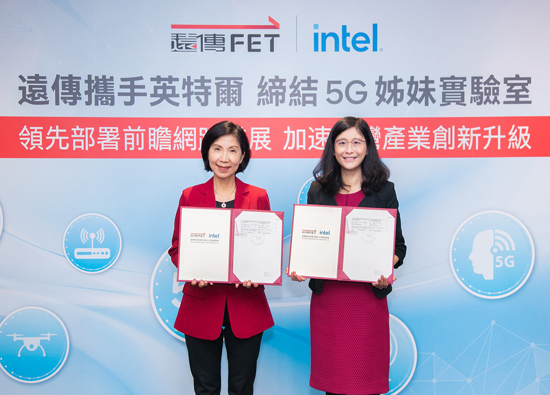12.2022 Group Briefing
GO SURVEY Annual White Paper Uncovers the Business Opportunities of Subscription Economy "Heart"
Ding&Ding Management Consultants Joint Marketing / Cai Wanzhen

 The post epidemic era has accelerated the development of various subscription services. This year, the market value of the global subscription economy will reach 275 billion USD. In view of this, GO SURVEY, the market research consultant brand of HAPPY GO, published the latest consumer white paper report on November 3 under the theme of "Subscription Economy - Everything Can Subscribe to the" Heart "Business Opportunity", revealing that up to 82% of consumers have paid subscription experience at present, and that the future renewal momentum is strong. During the meeting, we discussed in depth how to build recycling consumption power and cultivate brand loyalty iron powder, attracting more than 200 channels, brands and business partners to participate.
The post epidemic era has accelerated the development of various subscription services. This year, the market value of the global subscription economy will reach 275 billion USD. In view of this, GO SURVEY, the market research consultant brand of HAPPY GO, published the latest consumer white paper report on November 3 under the theme of "Subscription Economy - Everything Can Subscribe to the" Heart "Business Opportunity", revealing that up to 82% of consumers have paid subscription experience at present, and that the future renewal momentum is strong. During the meeting, we discussed in depth how to build recycling consumption power and cultivate brand loyalty iron powder, attracting more than 200 channels, brands and business partners to participate.Liang Jinlin, President of HAPPY GO Ding Ding Integrated Marketing Services, said that in recent years, driven by the epidemic, the subscription economy has witnessed a great leap forward growth. On the basis of huge member data, HAPPY GO has accumulated "KYC" (Know Your Customer) customer insight over the years through its professional qualitative and quantitative research. From the perspective of member business, subscription is not only a means of member business, but also an extension of member business strategy. It extends customer value through subscription, and increases the continuous return of consumers, thus becoming a stable and long-term revenue source for enterprises, which is also the main reason why various types of brands have invested in the subscription economy in recent years.
GO SURVEY conducted a "subscription economy" survey on Taiwan's consumer market. The top eight subscription services ranked first among consumers, followed by streaming service NETFLIX, followed by 7-ELEVEN, YouTube, the whole family, the two major delivery platforms foodpanda and Uber Eats, KKBOX, and the sharing locomotive Gogoro. According to product attributes and business models, the existing subscription types can be classified into three categories, namely "subscription to use services", "subscription to own goods" and "subscription to use goods". Among them, 70% cardholder has paid for "subscription service", which includes the use of video, music and delivery platforms. The key demand for consumers to choose subscription service is the provision of "content, sharing, quality and digital" and other functions, which is also the core value of film and television platform subscription; Secondly, 60% of cardholders pay for "subscribing to own goods". All daily necessities, such as coffee and beverage delivery, belong to this category. In terms of price and convenience, it is a key indicator for consumers to choose to subscribe to goods; Three out of ten cardholders are interested in "subscribing to use goods", such as sharing the batteries of locomotives and electric vehicles, especially the high proportion of young people who pay for the use. They are most concerned about ease and convenience, high CP value and other key points, which is also one of the development trends of the subscription system in the future.
In the face of the rapidly changing market, each brand should target the target age group and conduct segment marketing communication. For example, the main demand of the people over 40 for the subscription system is to facilitate and save time, and they are most interested in the daily necessities subscription. Therefore, they are the target group of the living products subscription system. While young people aged 18 to 29 are more looking forward to price discounts, and they are the main customer group of "subscription products" in the subscription type. They are particularly interested in short-term car rental subscriptions, which are both preferential and fast, and can choose different car models. On the whole, all age groups agree that the subscription system can bring a diversified and flexible experience.





















